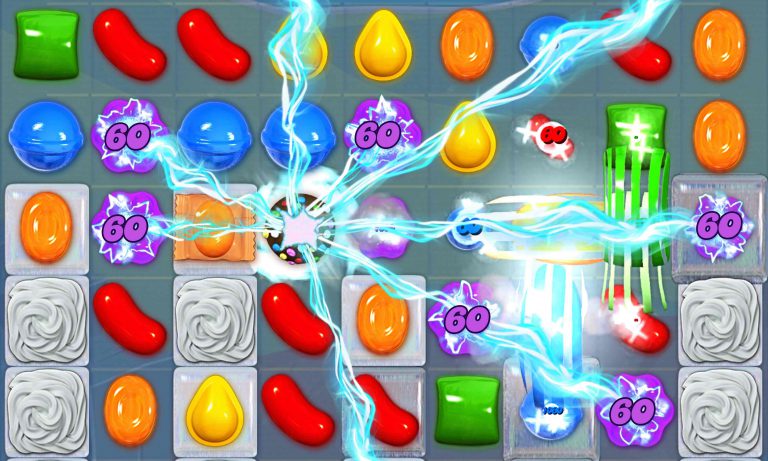UPA publishes second issue of Journal of Usability Studies
THE IMPLICATIONS OF CULTURAL DIFFERENCES
The issue of cultural issues and their impact on product design and usability have been occupying Aaron Marcus’s mind for a while. Here, in his invited essay “Culture: Wanted? Alive or Dead?†(pdf, 98 kb) he is suggesting that, in spite of the great significance of those issues, we barely began to unravel the potential implications of cultural differences on design and usability.
GAME USABILITY
Computer games, single and multi-user, local and on the internet, become pervasive and important in many domains: entertainment, edutainment, training, and strategy making. The first article, “Do usability expert evaluation and test provide novel and useful data for game development?†(pdf, 173 kb) by Sauli Laitinen addresses some basic questions in evaluating and testing game usability. This article addresses several issues: Should we use the traditional usability evaluation and testing for game usability? Should evaluators be also game experts?
MANAGING USABILITY KNOWLEDGE
The organizational preservation and re-use of usability testing knowledge is the concern of the second article. Michael Hughes in his article “A pattern language approach to Usability Knowledge Management†(pdf, 216 kb) suggests that a pattern language can be developed to describe usability data and help turn it into knowledge. The article introduces basic concepts in organizational knowledge management and how some concepts can be applied to the re-use of usability findings for further design.
MOBILE USABILITY
This issue also deals with the challenges of mobile usability. Sheng-Cheng Huang, I-Fan Chou, and Randolph G. Bias present “Empirical evaluation of a popular cellular phone’s menu system: Theory meets practice†(pdf, 353 kb). They look at the design of menu systems in cellular phones from the information architecture perspective, particularly categorization and labeling of options. An additional aspect in their paper is the variant of paper prototyping approach they used which proved effective for usability testing.




